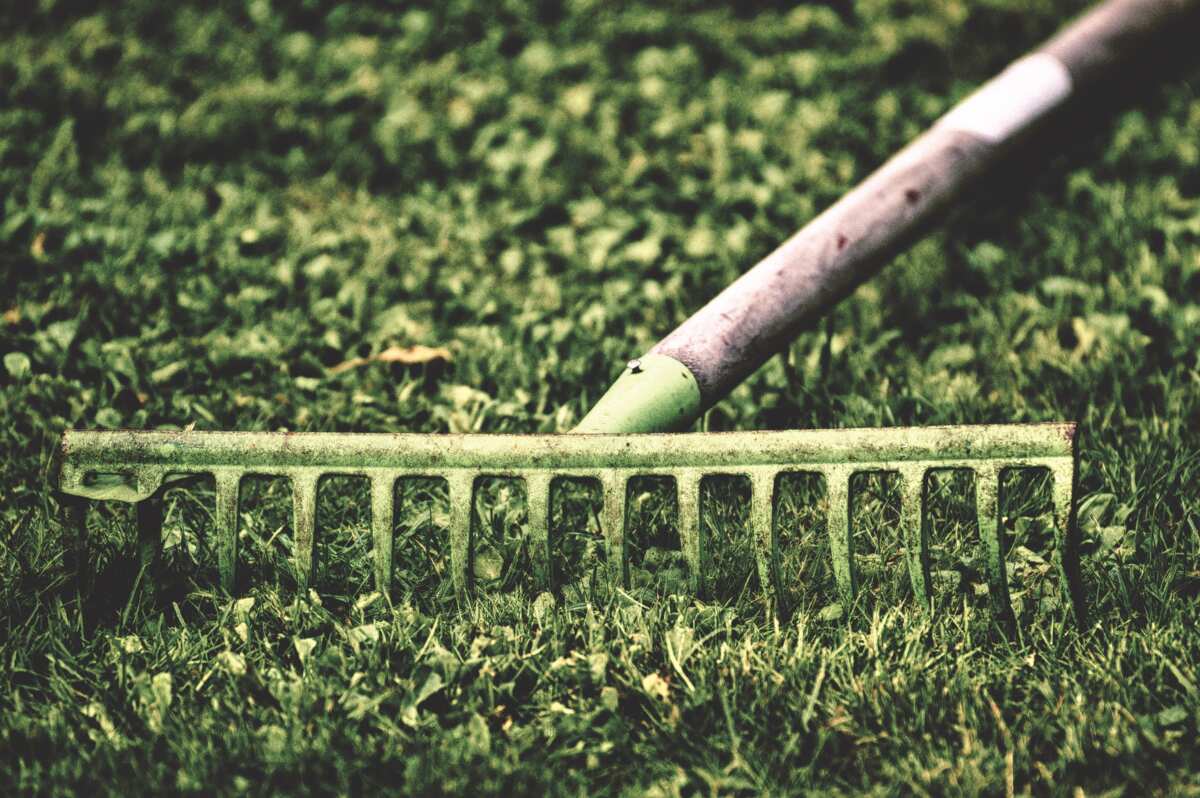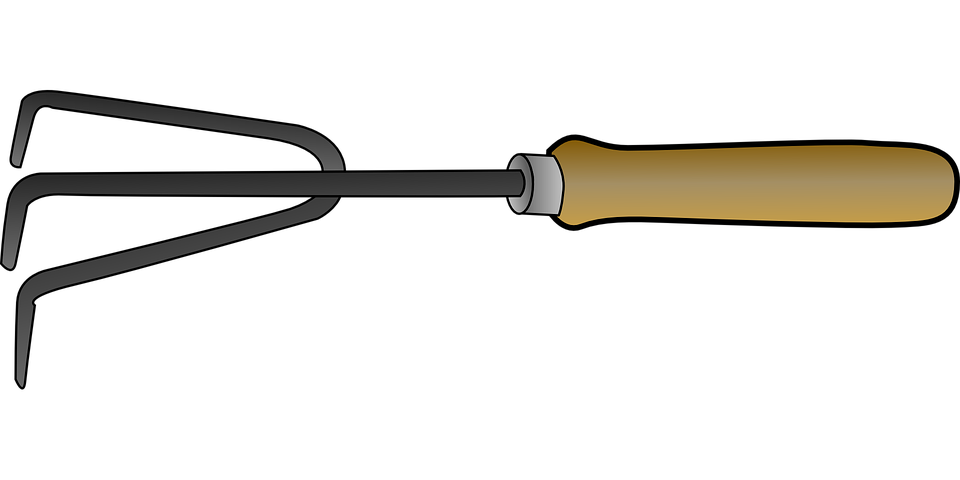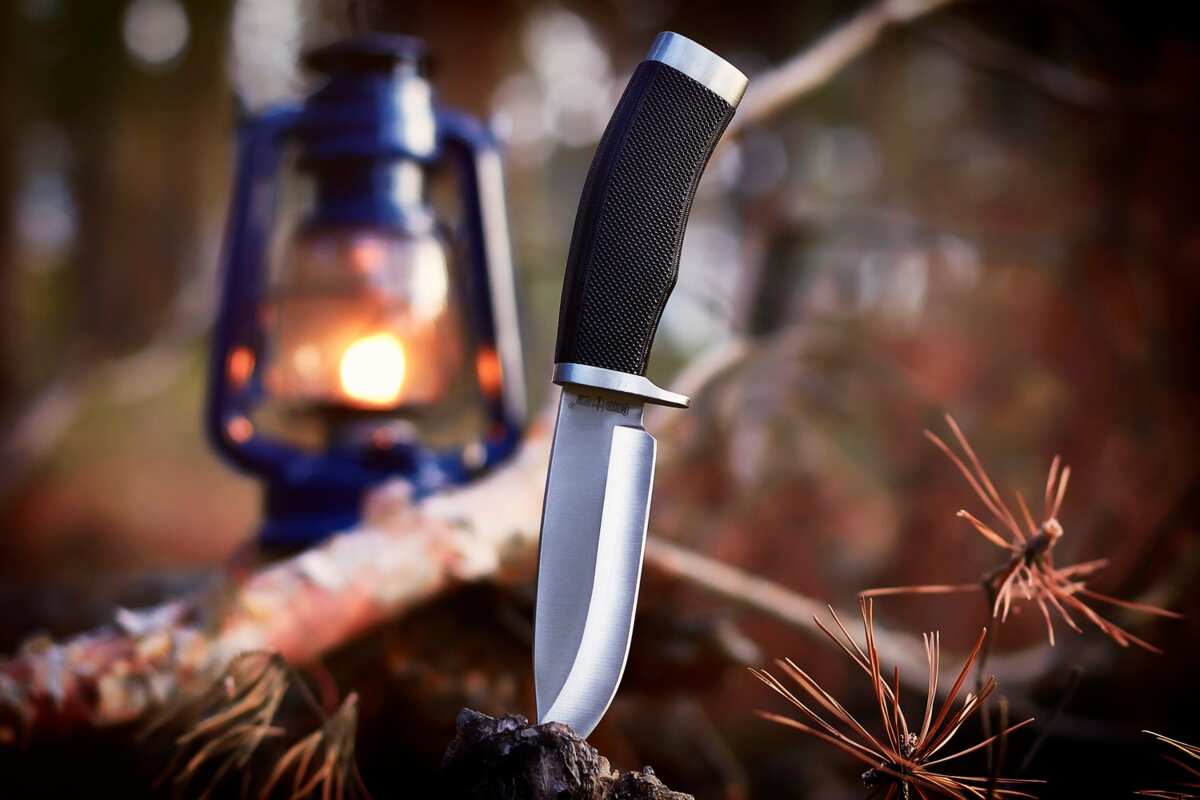Farm tools and equipment are some of the things that make farming possible. There are numerous implements that are used for various purposes at different stages of farming, from soil preparation to planting and harvesting. Agricultural economist and research analyst Dr. Sarah Edewor provides valuable insights into traditional and advanced farming tools.

All professional farmers and gardeners have collections of tools and machines that they use in their fields to achieve maximum productivity while saving labour and time.
What are the names of farm tools?
Farm tools are instruments used on farms to aid work, reduce labour, and improve effectiveness.
Farm tools and equipment and their uses
What are the tools required for farming? There are different types of tools that are used in farming for different purposes and at different stages of production.
The following are some of the most common farm tools and their uses.
1. Bolo

Read also
'Urban mining' offers green solution to old solar panels

A Bolo is a knife-like instrument mainly used as a cutting tool. It is usually used for clearing vegetation, cutting tall weeds and grasses, and for chopping branches of trees.
2. Crowbar

Also called a wrecking bar, a crowbar is mainly used for digging holes. It is also used for digging out stones and stumps. It can also be used as a lever handgrip.
3. Pick-mattock

This is a common gardening and landscaping instrument. It is a handy tool that is used for digging and breaking stones.
4. Grub-axe

A grab-axe helps to brake hard topsoil. It is also used to crush hard soil smoothly.
5. Spade

A spade is used for removing soil or trash. It can also be used for digging.
6. Shovel

With the help of the shovel, one can quickly remove any trash, dig, move, and mix the soil. There are different types of shovels for specific functions.

Read also
"Enroll now with link": Harvard University presents free online courses, Nigerians eligible to participate
Some of them are the round digger shovel, post hole shovel, and trench shovel.
7. Rake

A rake is like a broom but made with metal. It is a farming tool used for clearing fields and gathering weeds, hay, etc.
8. Spading fork

It is used for digging out roots, loosening soil and turning materials in a compost heap.
9. Light axe

A light-axe is used for levelling and loosening soil. It is also used for digging furrows for planting.
10. Hand trowel

Hand trowels are used for loosening the soil around plants.
11. Hand cultivator

This is a simple garden instrument used for cultivating garden plots and removing weeds.
12. Hand fork

Hand forks are used for loosening hard soil, and lifting, turning and mixing compost with the soil. They are used for removing weeds and lifting and transplanting plants and seedlings.
They are also used for aerating soil.

Read also
Last orders? UK pubs hit by rising costs and changing tastes
13. Pruning shears

Pruning shears are also called pruning scissors. They are sharp, heavy-duty scissors that are used for cutting branches of trees and plant stems.
14. Axe

It is used for cutting wood and big branches of trees.
15. Knife

It is a universal tool for cutting.
16. Sprinklers

This is simply a tool for watering plants.
17. Sprayers

A sprayer is used for spraying liquid. It can be used to spray insecticides, herbicides, pesticides, water, etc on a farm.
18. Wheelbarrow

A wheelbarrow is used for moving lightweight items such as fertilizers, manures, plants, seeds, waste materials, and other things around the field.
19. Sickle

It is a well known and ancient hand-held agricultural instrument. It has a curved blade that is used for cutting weeds.
20. Scythe

In agriculture, the scythe is a versatile hand-held implement for mowing cereals (including wheat) and other herbaceous plants. It has a curved and sharp blade.

Read also
Mapping bedbugs: S Korean blockchain engineer fights infestation with data
21. Tractor

A tractor is one of the most popular and most essential farming equipment. It is a vehicle that is specially designed for hauling different types of agricultural machinery.
Modern tractors can be used for planting, tilling, spreading fertilizer, and more.
22. Cultivator

This is can be used to carry out secondary tillage on a field. In most cases, this machine is equipped with rotary motion.
It is used for removing weeds and for pulverizing and stirring the soil before planting.
23. Cultipacker

This is the equipment that is used for crushing soil clods. It can be used to eliminate cracks, press small stones, and remove air pockets to form a smooth, firm seedbed.
24. Plough

A plough is one of the most ancient agricultural implements. The function of this farm equipment is to cultivate the soil and prepare it for sowing.
Before mechanized farming began, ploughs were pulled by animals. But now, in modern times, ploughs are pulled by tractors.

Read also
Drones help solve forest carbon capture riddle
A plough can be made with different materials. Its structure may also be different, but the main part is the blade that cuts through the soil and loosens it.
25. Harrow/set of harrows

A harrow is a machine used for smoothing out and breaking up the surface of the soil. It is used for breaking up lumps of soil in order to produce a good soil structure suitable for seedbeds.
26. Subsoiler

This tractor-mounted equipment is used to break up and loosen the soil during deep tillage. It is used to improve the growth of crops in areas where soil compaction is a problem.
27. Irrigation sprinkler or water sprinkler

An irrigation sprinkler is used to irrigate a field of crops. It helps to irrigate large areas and maintain the needed level of humidity.
28. Agricultural roller

This is used for breaking up large clumps of soil or flattening the soil. The roller is often pulled by a tractor.

Read also
Policies to support energy transition losers may fall short
29. Seed drill

This is the machine that is used for sowing seeds. It is used for planting seeds at equal distance and at the proper depth.
How traditional farming tools have evolved
In a discussion with Dr. Sarah Edewor, an agricultural economist and research expert, she said adopting technology has significantly minimized manual labor in farming. This includes tractors, ridges, harrowers, plows, planters/seeders, and knapsack sprayers for efficient weed and pest control. Dr. Edewor explained:
Historically, the predominant agricultural system practiced was subsistent agriculture, with smallholder farmers who cultivate less than 2 hectares accounting for over 70 percent of farmers in Nigeria. This system has evolved with farmers producing surplus for sales in the villages or neighboring markets.Manual labor was and is still common, with a high reliance on family labor. Over time, noticeable strides have been brought about with the onset of technology, substantially reducing the struggle associated with agriculture.
Read also
2023 in review: "Dey Play", "Let the poor breath", and 3 other Nigerian slangs that ruled the year
Dr. Edewor also noted some less common tools in the sector, which include:
- Combine Harvesters for harvesting, threshing, gathering, and winnowing in a single process.
- The ASI thresher for paddy rice threshing. ASI is an acronym for AfricaRice, SAED (the Senegal Extension Authority for the Development of the Senegalese River Valley), and ISRA (the Senegalese National Agricultural Research Institute).
- Using drones can provide farmers with relevant information/data to practice smart farming, such as spraying fertilizers, pesticides, and other chemicals.
Challenges in Nigeria's agricultural sector
Dr. Edewor highlighted several challenges facing Nigeria's agriculture sector: insufficient funding, low competitiveness, policy inconsistency, limited market access, low information availability, and inadequate managerial and scientific expertise.
She emphasized the low adoption of agricultural technology, farm machinery, irrigation, seed technologies, and credit facilities in the country, attributing it to the resource limitations of smallholder farmers and various socioeconomic, institutional, environmental, and policy factors.

Read also
20 fun Roblox games to play with friends or family
In addressing the affordability issue, the agricultural economist proposed several ways, including:
Adoption of advanced technology in farming

Read also
50 tools every man needs to have on hand at the house
Dr. Edewor observed a rising trend in adopting advanced technology in Nigeria over the past two decades. She noted that the agricultural sector is continually evolving, driven by a growing pool of information and knowledge on sustainable practices to address climate change and environmental degradation. Some of these evolving practices include:
- The Climate-Smart Agriculture and Agricultural Intensification to increase farmers' resilience and productivity.
- Awareness and sensitizing farmers to use improved seeds such as early maturing, drought tolerant varieties, and improved machinery.
Dr. Edewor concluded that technology will be a pivotal force in advancing the agricultural sector, fostering increased engagement of youths in the field. She said:
Although we will continue to see climate-smart agricultural practices such as shifting cultivation, crop rotation, bush fallowing among others, the future trend in the agriculture sector will require a shift to ‘smart agriculture practices’ through the use of SMS, mobile, USSD, blockchain, web, big data, internet of things (IoTs) technologies, Artificial intelligence (AI), analytics, remote sensor technology, aeroponics, aquaponics, and hydroponics amongst others.
Read also
10 dumbest animals on earth that will make anyone feel smart
This will give farmers access to timely and accurate data to enhance their decisions throughout production.Classification of farm equipment
There is a wide range of agricultural equipment that are used in today’s farming. In general, these implements can be divided into five main categories, based on their functions.
- Irrigation machinery: These types of equipment are used for watering crops on large farms. They usually include central pivot irrigation systems and pump units.
- Soil cultivation implements: These are used for ploughing the soil and preparing it for cultivation. Some examples of soil cultivation equipment include tilers, disk harrows, and moldboard ploughs.
- Planting machines: These are used for planting saplings and seeds after the soil has been cultivated.
- Harvesting equipment: These are used to gather crops once they have reached full maturity. Examples of harvesting equipment are diggers, trailers, and pickers, etc.
- Miscellaneous agricultural equipment: These are used for carrying out corollary activities such as hay-making, shredding, and loading on a farm.

Read also
What is coconut: a fruit, a nut, a seed, a vegetable, or a legume?
Farm tools and equipment are a necessity at every level of growing crops, whether on small gardens or on large scale farms. It would be nearly impossible to carry out farming activities without the use of some implements.
READ ALSO: 20 most common lab equipment names, pictures and their uses
Legit.ng posted an article about several types of equipment that are required for any functional laboratory to operate appropriately. Be it a school, research, or a medical laboratory; special apparatus are needed. So, what are some of the common lab equipment names and their functions? Read the answer in the article.
Source: Legit.ng
ncG1vNJzZmivp6x7rbHGoqtnppdkfnKElWxwcWWWlr%2BuedOopqWrXarApr%2BMqaCcrKWnsrR6x62kpQ%3D%3D